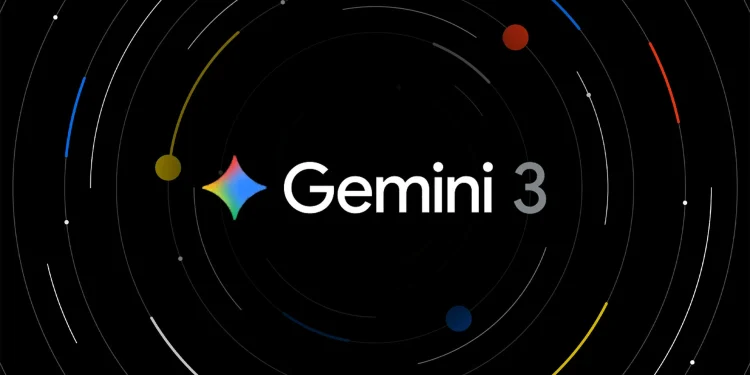Google has positioned Gemini 3 as the model that will redefine how people interact with intelligent systems. The company believes this release marks a turning moment for both consumer AI and enterprise adoption. With deeper reasoning, broader context, and tighter integration across its ecosystem, Google is betting that Gemini 3 will reshape the competitive landscape.
A Model Built for Tougher Problems
Gemini 3 introduces a major shift in how Google approaches reasoning. The new Deep Think mode pushes the model to handle more complicated tasks with greater structure and depth. Early benchmarks show improvements on complex exams, technical problem-solving, and multilayered reasoning.
This signals Google’s move from simple conversational outputs to AI that can operate as a genuine thought partner. The company wants to reduce the number of shallow answers and instead deliver deeper, more reliable guidance.
Expanding What AI Can Understand
A one-million-token context window changes how users work with long content. Gemini 3 can read entire research papers, large codebases, meeting transcripts, image collections, and technical videos without losing coherence.
This wider understanding lets the model produce more accurate analyses, detailed summaries, and structured plans. It also pushes AI into areas such as scientific modelling, long-form investigation, and highly detailed planning tasks.
Search Evolves Beyond Queries
Google’s plan for Gemini 3 is not limited to standalone apps. The model sits at the heart of a redesigned Search experience. Instead of static pages and ranked links, users will receive dynamic, generative explanations with visual layouts, simulations, and structured responses.
Google wants Search to feel like an intelligent workspace rather than a list of sources. The company sees this as the next major step in making information retrieval interactive and intuitive.
Giving Developers an Agentic AI Layer
Google is also targeting builders. Tools such as AI Studio, Vertex AI, and the new agent-first Antigravity environment allow developers to create AI agents that can reason, plan, interact with tools, and produce verifiable outputs such as plans, artefacts, and browser actions.
This shift introduces a new development pattern where models do not simply generate text but execute tasks. It positions Gemini 3 as a foundation for AI-native applications.
Setting a Higher Bar for Safety
Google emphasises that safer deployment is now critical. Gemini 3 includes stronger defences against prompt injection, misuse, and harmful outputs. Independent auditors and internal safety teams tested high-risk behaviour before release.
Google’s strategy is making sure that the capability grows alongside reliability. As the model takes on more responsibility, safety becomes part of the competitive edge.
Powering Everyday and Enterprise Use
Gemini 3 is built for broad adoption. Students can feed the model lecture notes, videos, and handwritten summaries and receive clear explanations or auto-generated study material. Creatives can use its multimodal input to design layouts, stories, and prototypes.
Businesses gain access to a version grounded in their own data through Vertex AI, enabling secure workflows, automated planning, and advanced analytics. Gemini 3 becomes a central engine for productivity across industries.
Reframing Google’s Position in the AI Race
By launching a model with deeper reasoning, richer context, agentic capabilities, and full integration across its ecosystem, Google signals its ambition to lead the next phase of AI. The company sees Gemini 3 as the bridge between conversational models and functional, task-oriented intelligence.
If Gemini 3 performs as promised, it could shift how people research, learn, plan, and build, marking a new chapter in Google’s long-running effort to define the future of AI















